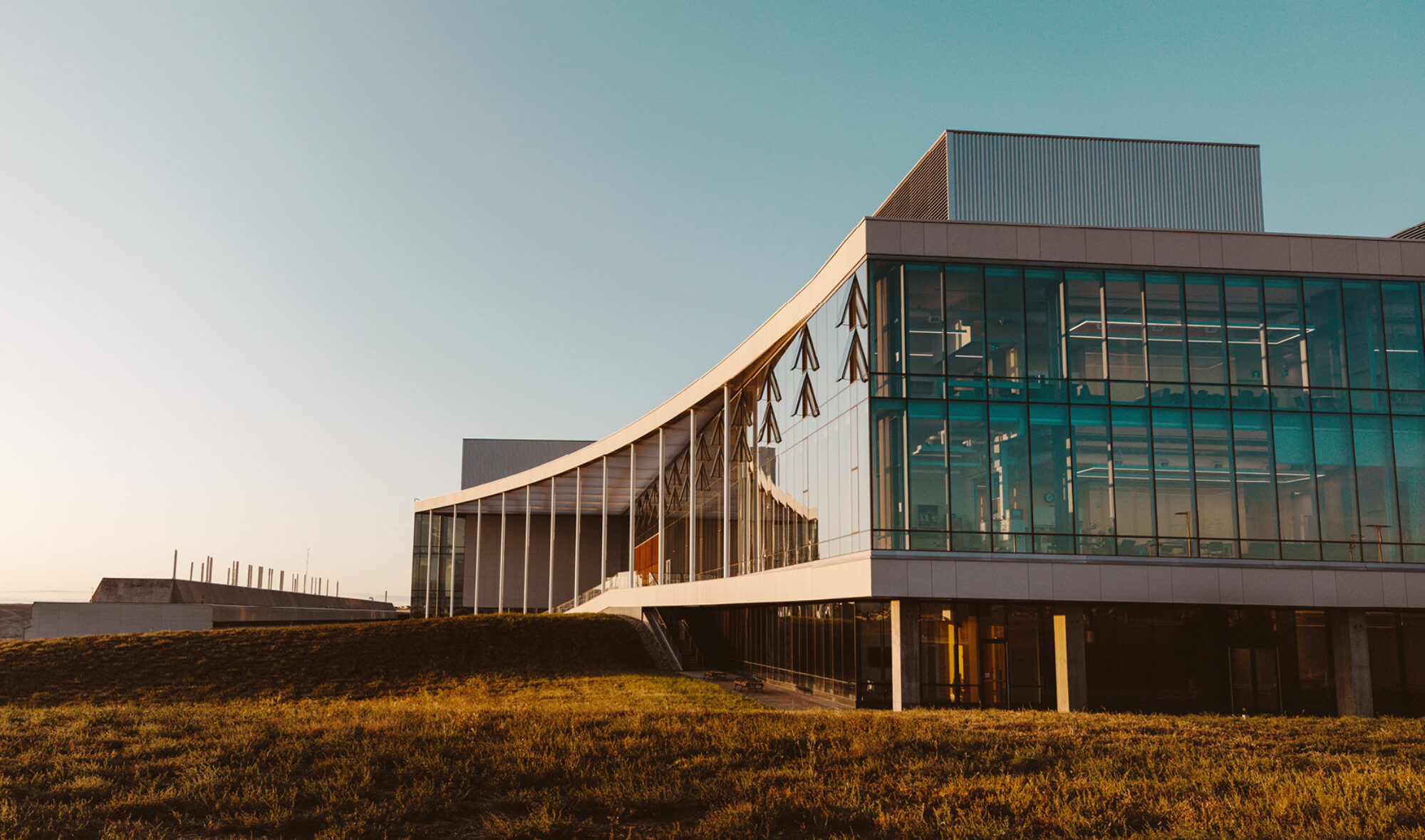Ensuring Equity in Laboratory Spaces- Are we doing enough?
By Kristi Turton
Recently, I have been reflecting more on the idea of equity in science. With the recent opening of the Science Commons building at the University of Lethbridge and the discussions in the Scientific Leadership class associated with CREATE, I have come to realize how inclusion in Laboratory spaces and in STEM academia are grossly limited. In the last couple decades, there have been initiatives to ensure that different races and ethnicities are well represented, there are equal gender representation and that pay gaps are decreased between these demographics. For that, I am extremely grateful being a woman in STEM but what other minorities are were still preventing from working in the STEM space, especially in “wet lab” settings?
The answer is the STEM community have not been ensuring inclusivity of people with disabilities. Although one could argue that the University of Lethbridge overall is not constructed to meet mobility type disabilities to a sufficient level, It doesn’t take too long to notice that the Undergraduate laboratories and research labs are particularly devoid of people with disabilities. This of course does not include the invisible disabilities that might be present, but one must question what is being done to increase the accessibility and therefore the equality of laboratory spaces in academia and industry. Again, the answer although not entirely a no, is still considered a “not good enough.”
Let’s first talk about the current landscape in STEM fields itself. Its not a surprise that there is a low amount of people in STEM with disabilities. For example, reports from the National Science foundation indicate that although 1 in 9 STEM professionals have a disability, most will likely to have a harder time being employed in their field (Kosanic et al., 2018). As well, only 4.3% of students with disabilities choose STEM studies overall (Sukhai et al., 2014). These studies highlight not only the lack of inclusivity but also how employers currently see people with disabilities in STEM- not worth hiring. There is absolutely no reason for employers not to be able to provide equity to all students or at the very least advocate for funding, especially with the establishment of Canada’s Enabling Accessibility Fund (https://www.canada.ca/en/employment-social-development/programs/enabling-accessibility-fund.html). To get a better understanding of the current landscape, Cambridge University created a research report in 2018 (Booksh and Madsen, 2018) that I highly recommend.
Don’t get me wrong, I would be a hypocrite if I didn’t say I didn’t think the same way before recently. In reflection I have realized that thoughts like “that’s just how it is” and “it would be too dangerous for them to be in here” was how I have seen accessibility in laboratory spaces. I can honestly say this is a naïve way of thinking and unfortunately, partly due to the scientific pace we work in, was not refuted till now. It is obvious that there are certainly ways to include all people, and a responsibility for PIs, industry leaders and lab workers to provide these changes for accessibility.
I will say that things are improving: STEM professionals with disabilities are covered under The Convention of the Rights of Persons with Disabilities (Kosanic et al., 2018) established by the United Nations in 2006. There are also programs being developed that focus on “Universal Instructural Design” which goals is to provide equity in teaching practices (sukhai et al., 2014). Universities are also starting to change laboratory architecture to suit the needs of their students. One example is the iScience lab at McMaster University, which space and teachings provide options for both mental and physical disabilities.
As great as this is, the process of become more accommodating is still slow and is not in the forefront of the minds of the STEM researchers and administration. For example, the new Science Commons building made structural modifications for accessibility only after the building was started. Even now, despite the additions of the moving lab benches and fume hoods, there are still missing aspects such as automatic doors to the lab, specialized equipment ect. And what about the graduate labs where the innovative research happens? There is a complete neglect for future and current graduate students with disabilities. As far as I know there are no automatic doors to any lab within the new building, not to mention that the doors themselves would barely allow for a wheelchair to pass through. What kind of example are we giving to students with disabilities where they are now allowed to work in lab classes but cannot work in labs that facilitate independent studies? As much as the University may advocate about their attempts at providing access they are still limiting where students can work safely and effectively.
The thing that worries me the most is the current landscape of hiring. As there is more competition in finding successful job positions, how are we ensuring that students succeed after postsecondary education?
Universities are still limiting the talents that come to this school as well as those wanting to stay to pursue graduate studies. Steps are needed to not only provide equity to undergraduate students but for graduate students, researchers and faculty in all labs and in all facilities. Until then we are not reaching equity standards of learning in the STEM fields. Despite apprehensions for students to work in these environments what are we to judge when we do not even provide small and economical adjustments that will allow them to excel?
Resources:
- Booksh, K., & Madsen, L. (2018). Academic pipeline for scientists with disabilities. MRS Bulletin, 43(8), 625-632. doi:10.1557/mrs.2018.194
- Kosanic, A., Hansen, N., Zimmermann-Janschitz, S., & Chouinard, V. (2018). Researchers with disabilities in the academic system. AAG Newsletter. doi: 10.14433/2017.0042
- Sukai, M., Mohler, C., Doyle, T., Carson, E., Nieder, C., Levy-Pinto, D., Duffett, E., & Smith, F. (2014). Creating an Accessible Science Laboratory Environment for Students with Disabilities. Accessed http://www.accessiblecampus.ca/wp-content/uploads/2017/01/Creating-an-Accessible-Science-Laboratory-Environment.pdf

